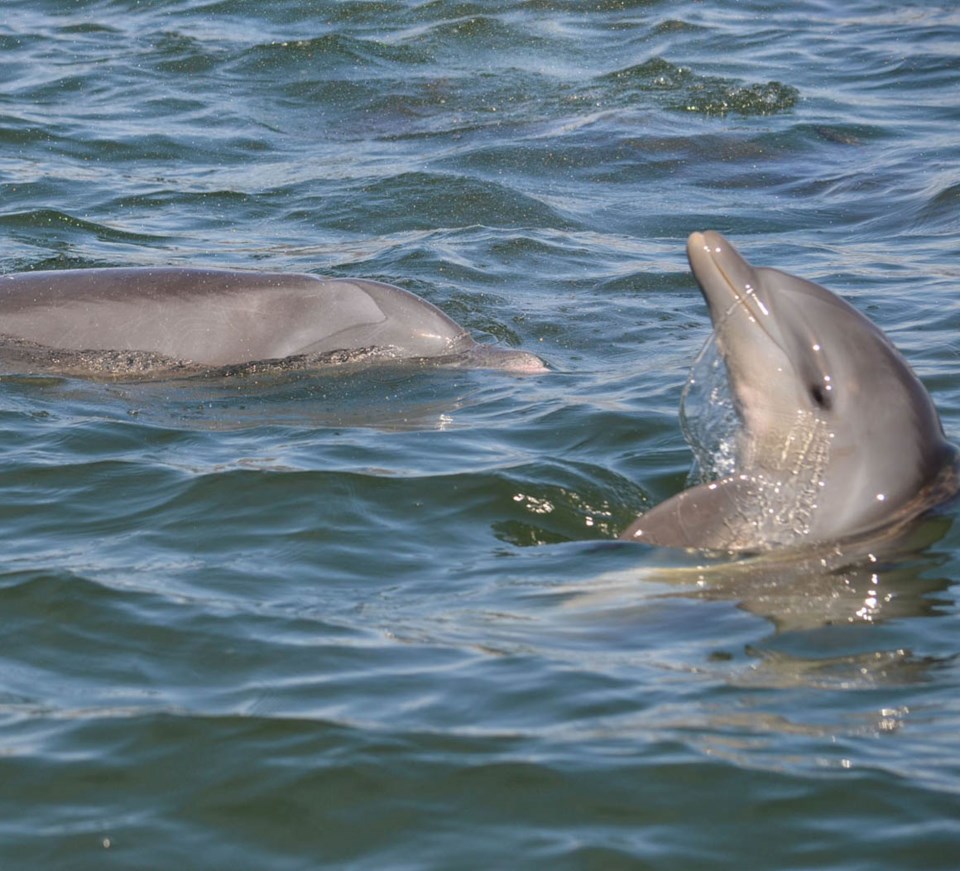Plastic or paper? That’s the choice the checkout clerk asked me since I forgot my reusable grocery carryout bags. Again. I try to do my best to reduce pollution by using fewer plastic bags although they do come in handy for the garbage bin under the kitchen counter. That’s the excuse I use for my forgetfulness.
I was going to say ‘paper’ just for old times’ sake but I thought maybe the paper bags would cost the store more than the thin plastic bags and any increase in cost would only add, eventually, to the cost of my Raisin Bran flakes. I suppose that’s how we got into this plastic mania in the first place: cost avoidance. However, now years after the advent of the cheap plastic grocery bag, some are questioning the wisdom of that move.
By stopping the use of paper bags we were told that we were saving trees. Trees are, however a renewable resource - of which we have quite a few in our country. Furthermore, we can now recycle paper and cardboard into new paper products so that worry about running out of trees was without foundation. Plastic bags, on the other hand, are neither renewable, in the short term, nor are they easily recycled. And the havoc the latter are wreaking on the environment is arousing concern with some environmentalists.
The oceans, it is reported, are being polluted by plastics, either dumped or blown into the water. There these bags float, disguised as jellyfish, until they are eaten by dolphins, fishes, and birds - a lethal diet in many cases. Along with other garbage, there are rafts of garbage forming in the eddies of the ocean currents. This garbage is slow to break down and indeed the plastics may float (or sink) in the oceans for ages.
If all those plastic bags had been made of paper, they would have dissolved long ago. Or if eaten, been digested and turned into fertilizer that the ocean’s critters could use. Thrown into our landfills, the paper would rot away into nothingness whereas the plastic, if it does break down, turns into toxic goo that may or may not result in seepage or methane. Whatever, it is not good.
But there is hope! Waxworms, Wax moth larvae, which normally dine on beeswax, have been turning their mouths to plastic. There is research that shows some type of bacteria living in the gut of the little caterpillar can ‘eat’ plastic or the polyethylene bags. Perhaps if we can encourage Waxworms to swim we can have them eat all that garbage and save the dolphins, whales, and fishes that mistake plastic for food. However, with our record of unintended consequences, we will encourage the darn things to eat the wrong things. They will start devouring all our plastic utensils, bottles and other paraphernalia that we have come to rely on.
Plastic bags, by volume, are not the biggest problems we have in disposing of used plastic. Plastic bottles or containers are everywhere. Surely we can put these containers into the recycle bin and let someone else figure out what to do with it besides making park benches (which are very nice and don’t give you slivers in your butt but will never be absorbed back into the environment like the old wooden bench that ants and termites could eat).
Do not get me started on plastic blister packaging. Designed to thwart shoplifting of small objects and to safeguard children and seniors from opening the package that might contain something needed in a hurry, like Band-Aids, or eight 20 mm wood screws, blister packaging is filling our landfills at an alarming rate. Hard on the heels of blister packaging are the plastic ( or something that looks like plastic but is much more difficult to spell let alone recycle) clamshell packs that contain everything from fresh strawberries to scoops of coleslaw from the deli counter or even Friday night’s barbecued chicken.
I suppose it is far too late to go back to paper bags and small cardboard boxes. However would it not have been prudent to require the makers of these plastic containers to have a method of recycling the packaging as part of their process? Whoever came up with the idea of blister packaging should have had an idea of how we can recycle or dispose of their product in an environmentally safe manner. Tossing this stuff into the landfill, incinerating it or dumping in the ocean is not a satisfactory answer to the pollution caused by plastics.
The same rules should have applied to automakers, much of whose cars and trucks no longer rusts away into oblivion but now gathers in piles awaiting the crusher people who hope to salvage and sort the metal parts for re-use. Appliances and home furnishings now incorporate more plastics and less metal and wood. With the advent of the 3D printers we’ll have even more stuff of which nobody has considered the eventual disposal issue. Shucks, we just put down a luxury vinyl floor that will last longer than the building (and us). Well, it looks like old wood . . .
Maybe in the next millennium some archeologist will look back and wonder how we managed to bury ourselves in garbage as he or she examines a perfectly preserved plastic widget. The next time I forget my shopping bags I think I will ask for paper bags. Only nostalgia, I guess. Bring on the Wax moths.



